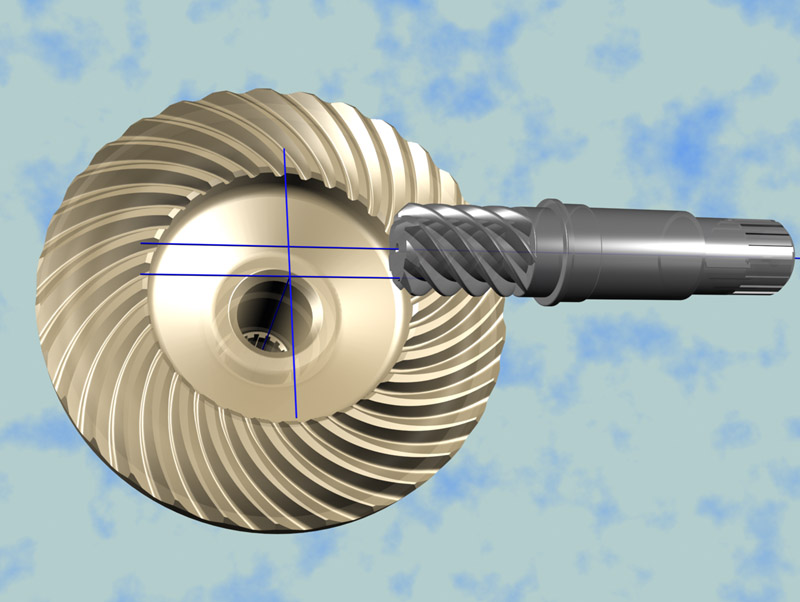
Gears are one of the most basic transmission devices. You have heard about gears in cars, bicycles, and many types of machines. If you are not a mechanical engineer, you will be amazed by the extent to which gears affect our daily life. As any student of mechanical engineering will tell you, gears are at the heart of any machinery. This is a basic article to tell you what gears actually do.
There are two basic functions that gears perform.
First, they make power travel from one part of a machine to another. For instance, when you are pedaling a bicycle, it is the arrangement of gears that causes the transmission of power from your leg movement to the rotation of the wheels. Likewise with most other forms of gear based machines.
Second, gears act as reducers. Thereby, they reduce the output speed but increase the torque. To understand this, once again consider the example of a bicycle. If you are climbing up a slope, you move to a smaller gear. This reduces the speed at which the cycle moves, but it increases the power generated by the rotation of the wheels. Hence, on the whole cycling-up the slope becomes easier. A similar example could be considered for a stick-shift car, whereby, you climb up steep slopes in a lower gear.
And to think that in their simplest form, gears are nothing but an interlinked pair of toothed wheels. But, gears can get more complicated. For instance, we could have a chain of gears when gear-one rotates gear-two, which rotates gear-three and so on. Likewise, we could have a situation where one of the toothed elements is a cylinder, while the other is a disc. Also, again going back to the example of the cycle, we could have the two gears separated by some distance, but interlinked by a chain, or other transmitting device.

No comments:
Post a Comment